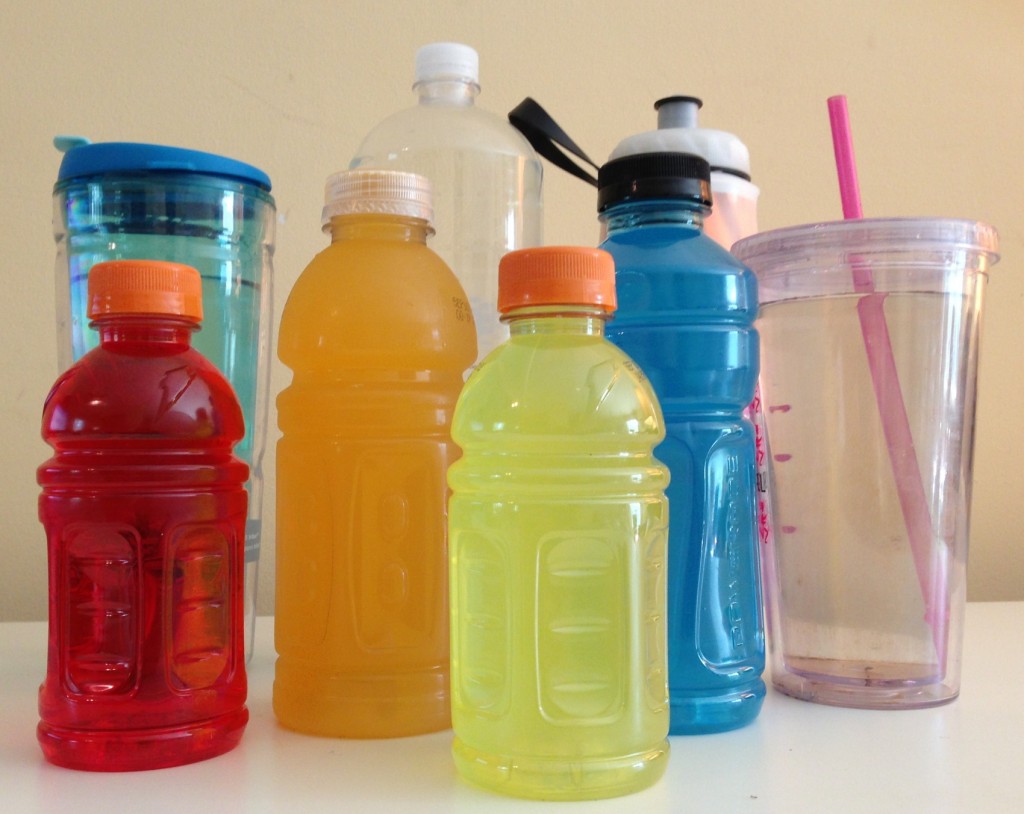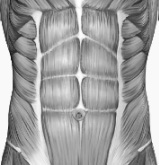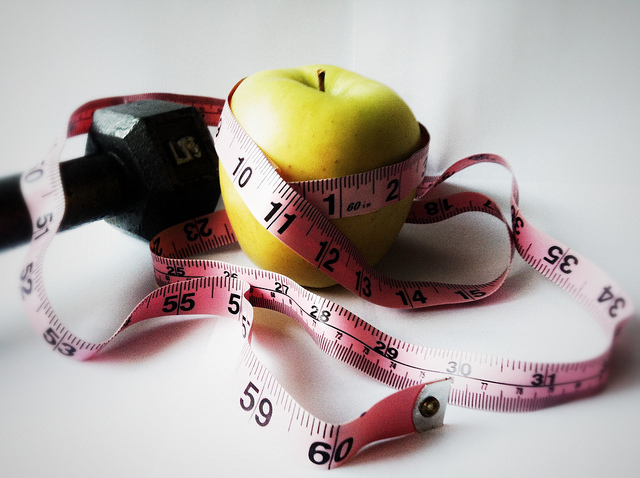Hydration and Exercise
By Alison Hall
Maintaining proper levels of hydration is always important when exercising. It becomes even more important in hot, humid conditions like we experience most of the summer in Northern Virginia. Hydration levels must be monitored before dehydration is an issue. Dehydration occurs when an individual loses 2 percent or more of body weight during an exercise session. Dehydration can diminish aerobic exercise performance, and as the level of dehydration increases, the body experiences a higher level of physiological strain (American College of Sports Medicine, 2007).
A good way to prevent dehydration is to consume liquids before, during, and after exercise. According to Casa, et al. (2000), an exerciser should consume 500-600 ml (approximately 16-20 ounces) of water or a sports drink two to three hours prior to exercise then an additional 200-300 ml (approximately 6-10 ounces) ten to twenty minutes before exercise. They then recommend 200-300 ml every ten to twenty minutes during exercise depending on sweat rates so that the exerciser loses less than 2 percent of body weight. After exercise, the individual should drink 25-50 percent more fluid than lost per hour of exercise.
For example, a 187-pound male participates in our one-hour indoor cycling class at noon. Ideally, he should drink 16-20 ounces of fluid between 9:00 and 10:00 am then 6-10 ounces of fluid at 11:40. During class, he’s a moderate sweater, so he drinks 24 ounces of water. He weighs himself after class and weighs 185.5 pounds. To find hourly fluid loss, subtract his post-exercise weight from his pre-exercise weight, then add in how much fluid he ingested. In his case, 187-185.5=1.5. Add in his fluid intake of 24 ounces (1.5 pounds), and that equals 3 pounds of fluid loss per his hour of exercise, which is just less than 2 percent of his body weight. Multiply his 3-pound loss by 16 ounces in a pound, and that equals his sweat rate of 48 ounces per hour. In order to replace his fluids lost, he should drink 25-50 percent more than 48 ounces over the next 4-6 hours, or 60-72 ounces of fluid between the end of class at 1:00 and 5:00 or 7:00 that evening.
Water is generally considered acceptable for fluid replacement, especially in exercise sessions lasting one hour or less. If an exercise session lasts more than an hour, water is adequate, but a sports drink containing carbohydrates, sodium, and potassium for electrolyte and energy replacement might be advantageous. Sports drinks also can be beneficial when exercising more than one time per day, especially because rehydration from the first session is critical before the second session begins. Any sports drink consumed should list water as the first ingredient (Roberts, 2012).
Follow these guidelines, and your body will perform better for you as you stay hydrated.
References
American College of Sports Medicine (2007). Exercise and fluid replacement: Position stand. Medicine & Science in Sports & Exercise, 39(2), 377-390.
Casa, D. J., Armstrong, L. E., Hillman, S. K., Montain, S. J., Reiff, R. V. . . .Stone, J. A. (2000). National Athletic Trainers’ Association position statement: Fluid replacement for athletes. Journal of Athletic Training, 35(2), 212-224.
Roberts, W. O. (2012). Fluid replacement for sports safety and performance. Internal SportMed Journal, 13(2), 39-42.





